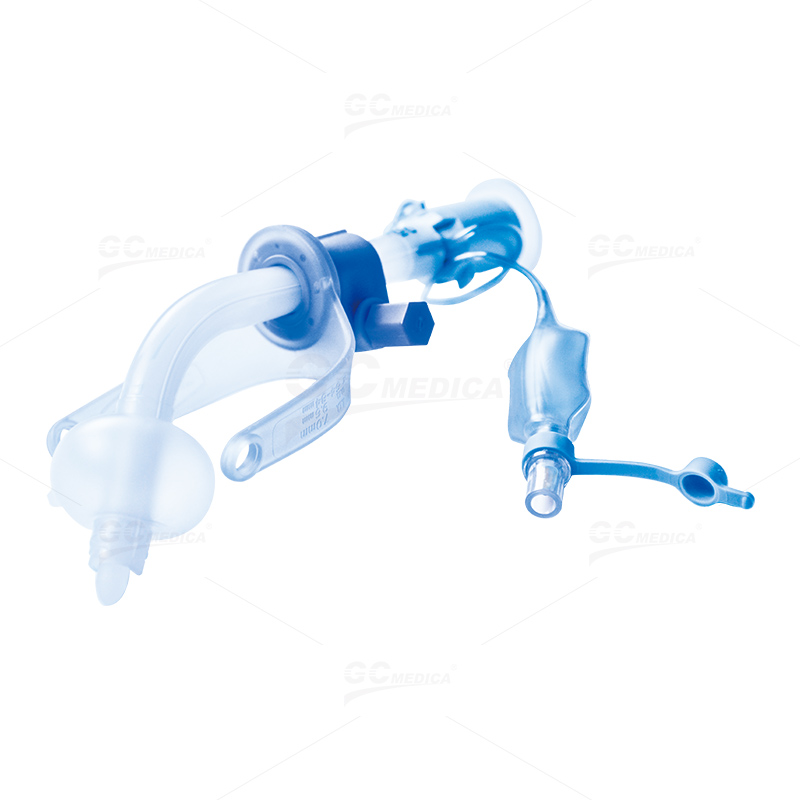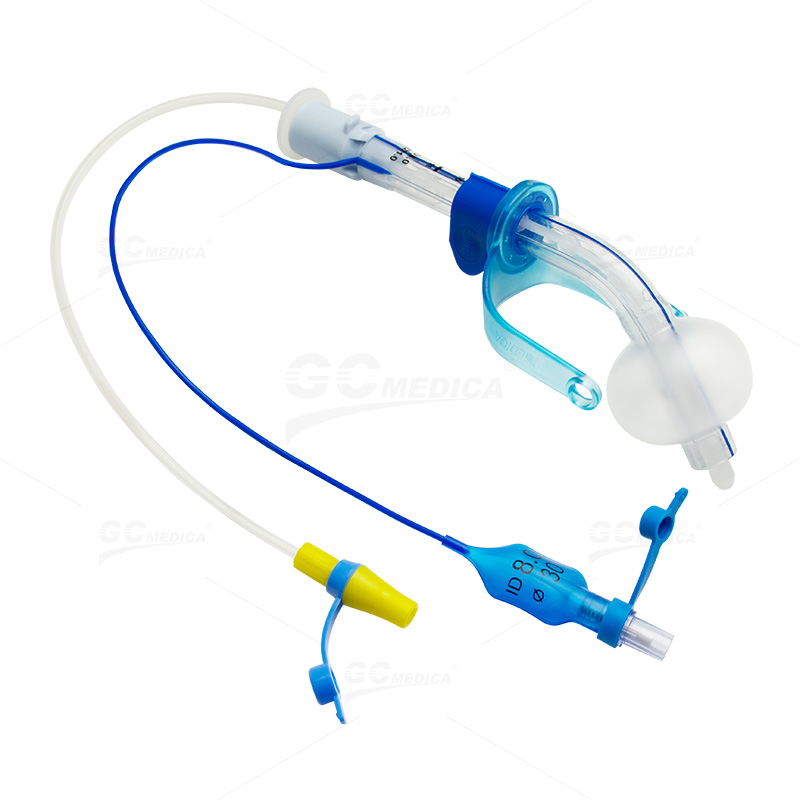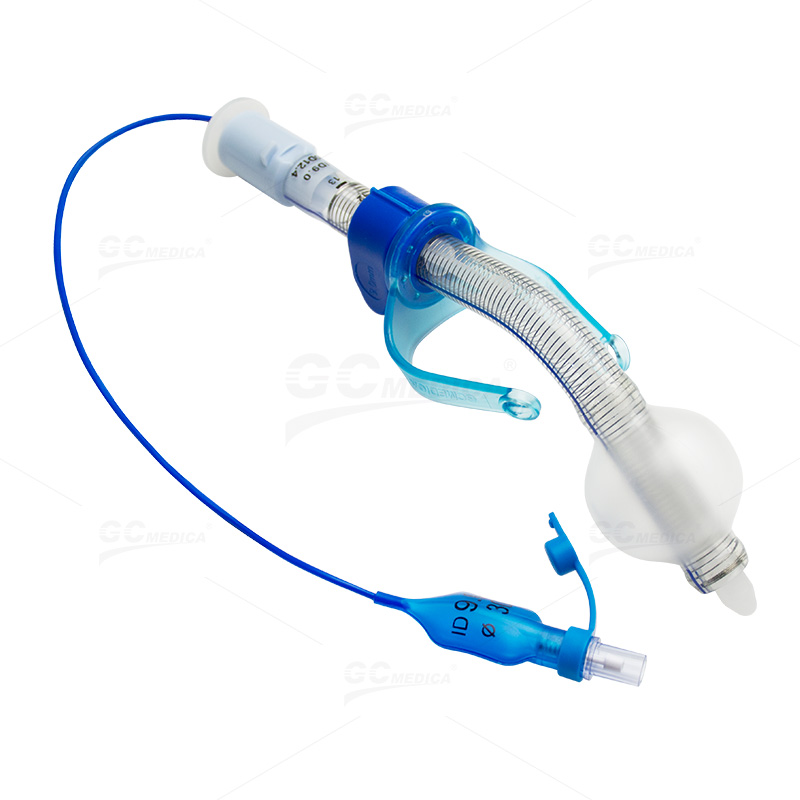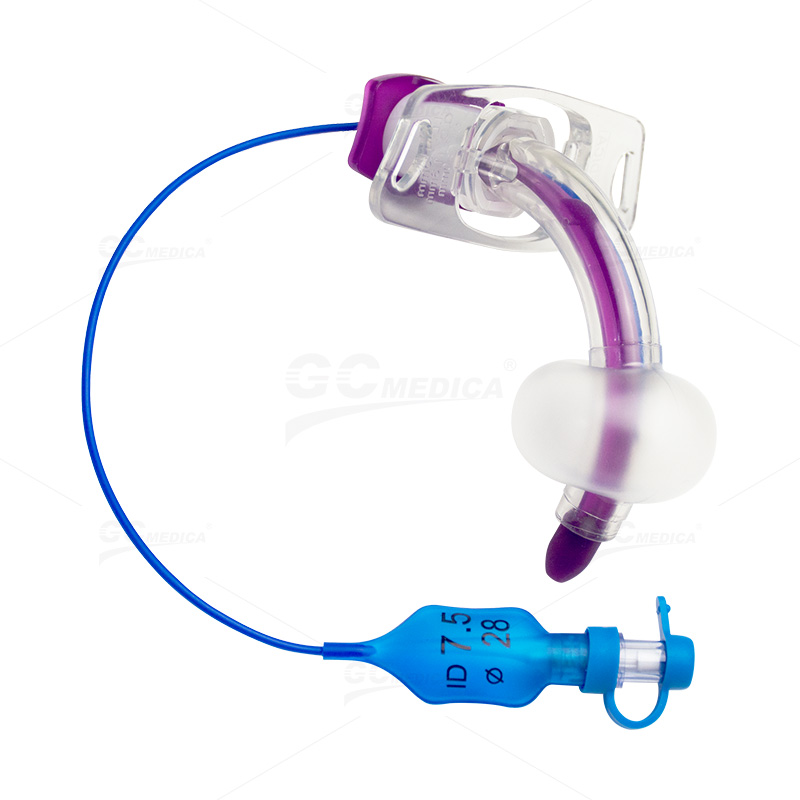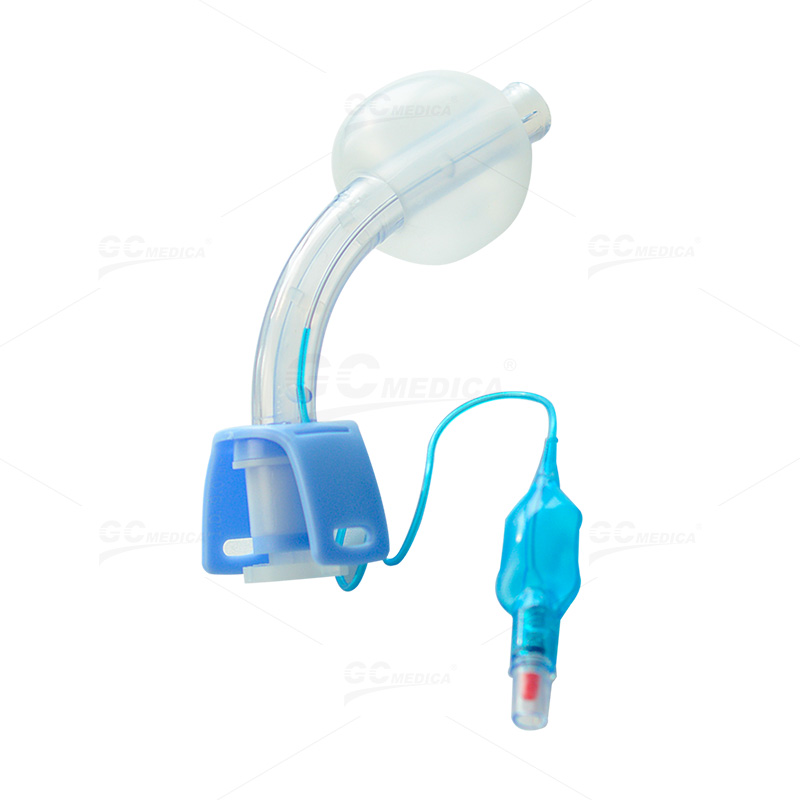Selecting the right tracheostomy tube size is a crucial aspect of patient care for adults requiring long-term airway management. The proper size not only supports breathing but also minimizes complications and maximizes patient comfort. In this article, we explain the factors affecting tube sizing, common size options, and tips for selecting the appropriate tube based on clinical needs.
Understanding Tracheostomy Tube Size
Tracheostomy tube sizes for adults are typically defined by several parameters, including the outer diameter (measured in French size), inner diameter, and tube length. The French size indicates the overall external diameter, while the inner diameter affects airflow and resistance during breathing. Tube length is also critical as it must accommodate individual anatomical differences, ensuring the distal tip is positioned correctly within the trachea.
Factors Influencing the Choice of Size
Patient Anatomy: Adult patients come with varying neck lengths, tracheal diameters, and body sizes. Consideration of the patient’s anatomy ensures that the tube neither causes airway trauma nor dislodgement.
Clinical Indications: The specific clinical situation may dictate tube selection. For example, a patient requiring short-term airway support may have different sizing needs compared to one needing long-term ventilation.
Comfort and Safety: A tube that is too large may cause irritation and increase the risk of tissue damage, while one that is too small may not provide adequate airflow or secure placement.
Common Size Options
Typically, tracheostomy tubes for adults are available in a range of sizes to meet various patient requirements. The commonly used French sizes generally range from 6 to 10 French for the inner diameter, with corresponding adjustments in the outer diameter. Many healthcare professionals opt for sizes in the middle range, which often provide a balance between securing a patent airway and minimizing the risk of mucosal damage. The proper tube length is ensured by selecting a tube with the correct flange-to-tip measurement, which should be tailored to individual patient neck dimensions.
Steps for Selecting the Correct Size
Assessment of Anatomy: A thorough evaluation of the patient’s anatomy via imaging or direct measurement can help determine the most suitable inner and outer diameters.
Review of Medical History: Prior airway interventions, surgeries, or known anatomical anomalies must be considered as part of the selection process.
Trial and Adjustment: In some cases, an initial size is chosen with the understanding that adjustments may be necessary based on the patient’s response. Continuous monitoring is essential to ensure that the chosen size remains appropriate over time.
Consultation and Protocol: Always adhere to clinical guidelines and institutional protocols, as these often include recommended size ranges based on specific patient populations.
Tips for Healthcare Providers
Maintain Flexibility: Always have a range of sizes available during the initial tracheostomy procedure so that adjustments can be made if necessary.
Ensure Proper Positioning: The tube should be inserted until the distal tip is appropriately positioned within the trachea. This is confirmed through clinical signs or imaging studies.
Consider Future Changes: As the patient’s condition evolves, re-evaluate the tube size and length. In long-term care, periodic reassessment ensures that the tube continues to meet the patient’s needs.
Conclusion
Selecting the correct tracheostomy tube size for adults is a balancing act that involves considering anatomical features, clinical indications, and the necessity for long-term airway management. By carefully assessing patient-specific needs and following established clinical protocols, healthcare providers can minimize complications and ensure optimal airway management. With the right size, patients experience improved comfort, reduced risks of mucosal damage, and overall better clinical outcomes.


 Français
Français Español
Español Products
Products

 About Us
About Us







 GCMEDICA Tracheostomy Tubes Online Promotion
GCMEDICA Tracheostomy Tubes Online Promotion